Definitions
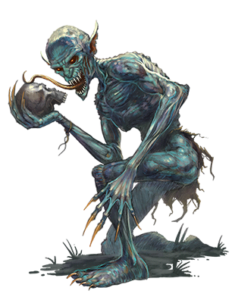
पिशाच (piśāca) refers to a class of beings having a yellowish appearance. The yellowish color is derived from the sign Scorpio which has a light-yellow or grey-yellow shade.
Most scholars equate them to be demons like Asura as they prefer the darkness or Rākṣasa as they are violent beings. The word ‘sura’ is for Sūrya and shows the beings who dwell and thrive in sunlight – ‘asura’ is merely a negation of this and shows those who thrive in darkness. This can also be the Moon who is the lord of the dark night. As such human beings are petrified by the darkness of the night and would attribute everything to be evil, which need not be true. Asura are associated with the 8th bhāva which is like a dark deep well. Rākṣasa indicates violent beings who feed on flesh and who bring about the longing for ‘rakṣa’ or protection. In jyotiṣa they are associated with the 6th bhāva of enemies who are always attacking.
They are also said to be fond of flesh as derived from the word पिशित (piśita) meaning flesh which has been cut up or prepared or any flesh or meat. This can also mean having a propensity to cut up the body of other beings like serial killers or psychopaths. They are associated with butcher shops, graveyards and all such places where the animal body is dismembered and cut apart.
The jyotiṣa graha Ketu has the power to awaken the piśāca. Ketu is of agni tattva like the Sun and Mars but represents infra-red light instead of the visible spectrum which symbolises these beings that cannot be seen by the naked eye. They are a personification of the ‘dark fire’ or some very strong infra-red electromagnetic radiation.
They are the children of Krodha (personified anger) and have excessive fondness for quarrelling all the time. This is the power of Ketu like the foot soldiers in the army, who is driven by anger and becomes completely headless in battle. Mars, the army general, never loses his head and is very cool and charming, even the greatest adversity.
Evil Spirits
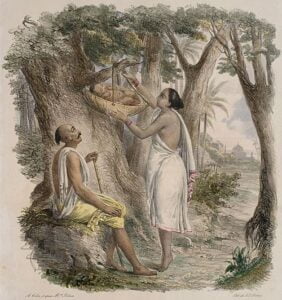
“Diagnosing from the horoscope the nature of disease and the “spirits” responsible, and prescription of remedies are an important aspect of Praśna Mārga. Today some “men of science” may smile at the author’s tracing different types of insanity to “possession” by evil spirits. To rid the world of mental illness is surely the most ancient aspiration. In this our author is not alone. Some of the western thinkers have started believing in ghosts, possession etc., as causing abnormal behaviour as the various therapies employed by neuro surgeons cannot be the answer to a fight against insanity. It is on record that many persons suffering from such mental troubles (some of them seemingly incurable) have been helped by mantra śāstra. According to ancient thought, whatever be the modern jargon-schizophrenia, catatonia, dissociation, paranoia, reactive and endogenous depression, melancholia, maniac depressive psychosis — insanity is caused not only by organic factors but also by ‘spirits’ or disincarnate beings. All the modern medical magic has not been found enough to cure insanity. Hence the ancient teachings cannot be ignored as out of date.” Dr. B.V.Raman Praśna Mārga Vol-1
There are a total of twenty-seven such evils that have their source in the 27 nakṣatra which manifest the manas (mind) of the person. Eighteen of these (9×2=18) are of higher potency and are called Mahāgraha.
These are Amara, Asura, Naga, Yakṣa, Gandharva, Rākṣasa, Heydra, Kasmala, Nistejas, Bhasmaka, Pitṛs, Krisa, Vināyaka, Pralapa, Piśāca, Anthyaja, Yonija and Bhūta while the nine lessor ones are Apasmara, Brāhmaṇa, Brahma Rākṣasa, Kṣatriya, Vaiśya, Śūdra, Nīca, Caṇḍāla and Vyanthara. It would be interesting to map them into nakṣatra and learn their manifestations.
All these evils have their origin from the anger of Rudra – that is the seed for their creation. In jyotiṣa, the prāṇi and aprāṇi rudra are the lords of the 2nd and 8th bhāva. There are various combinations to know the source of these evils that cause such terrible suffering, afflictions and in the case of the Mahāgraha, even death.
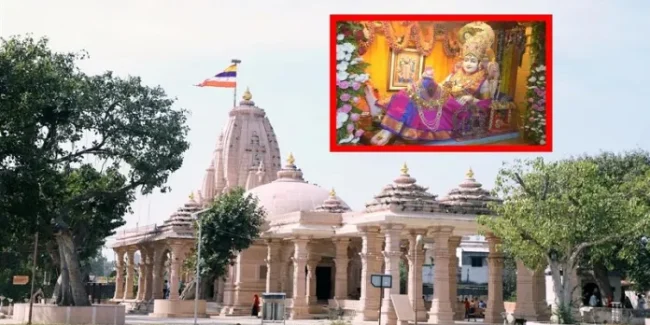
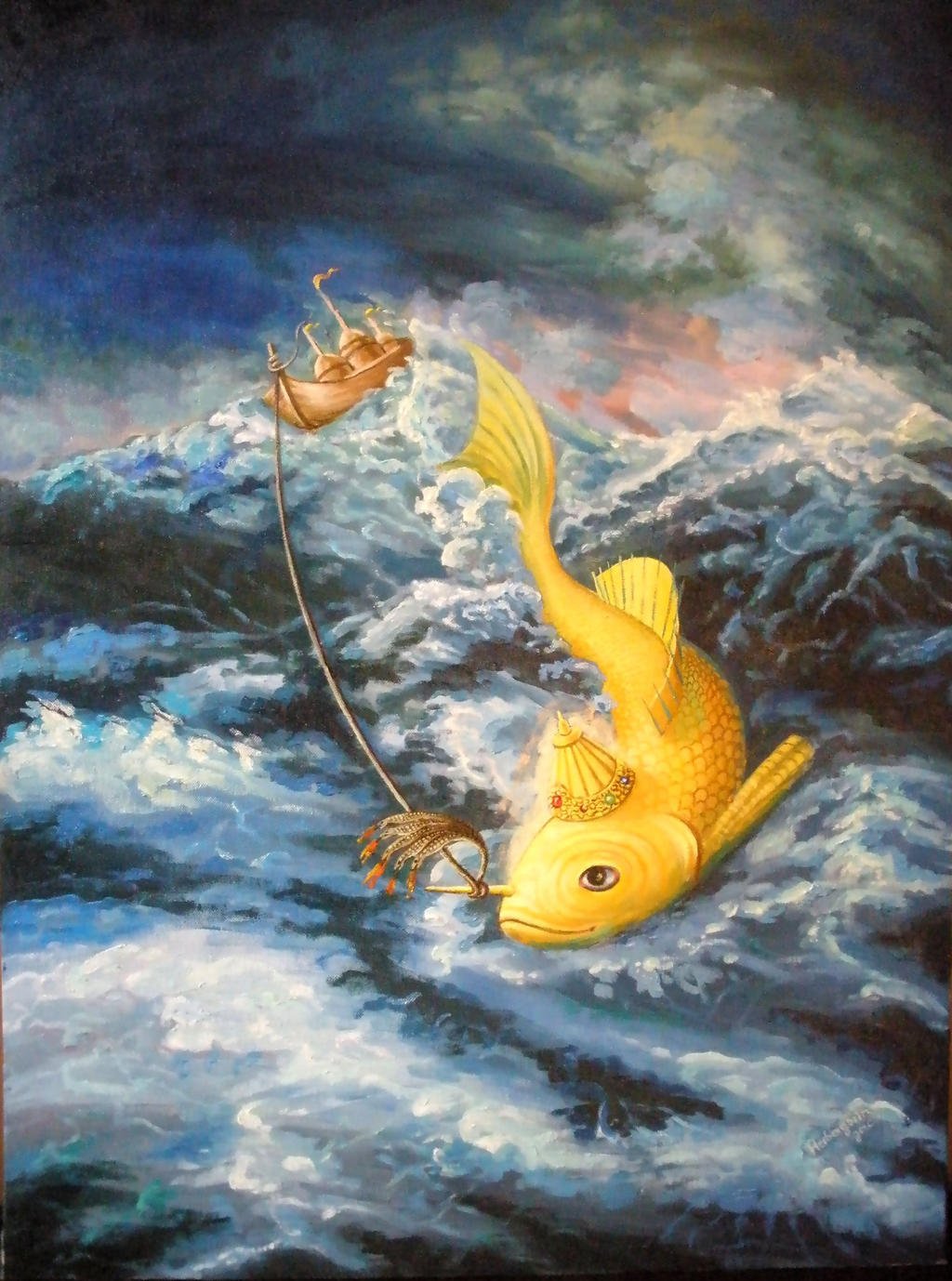
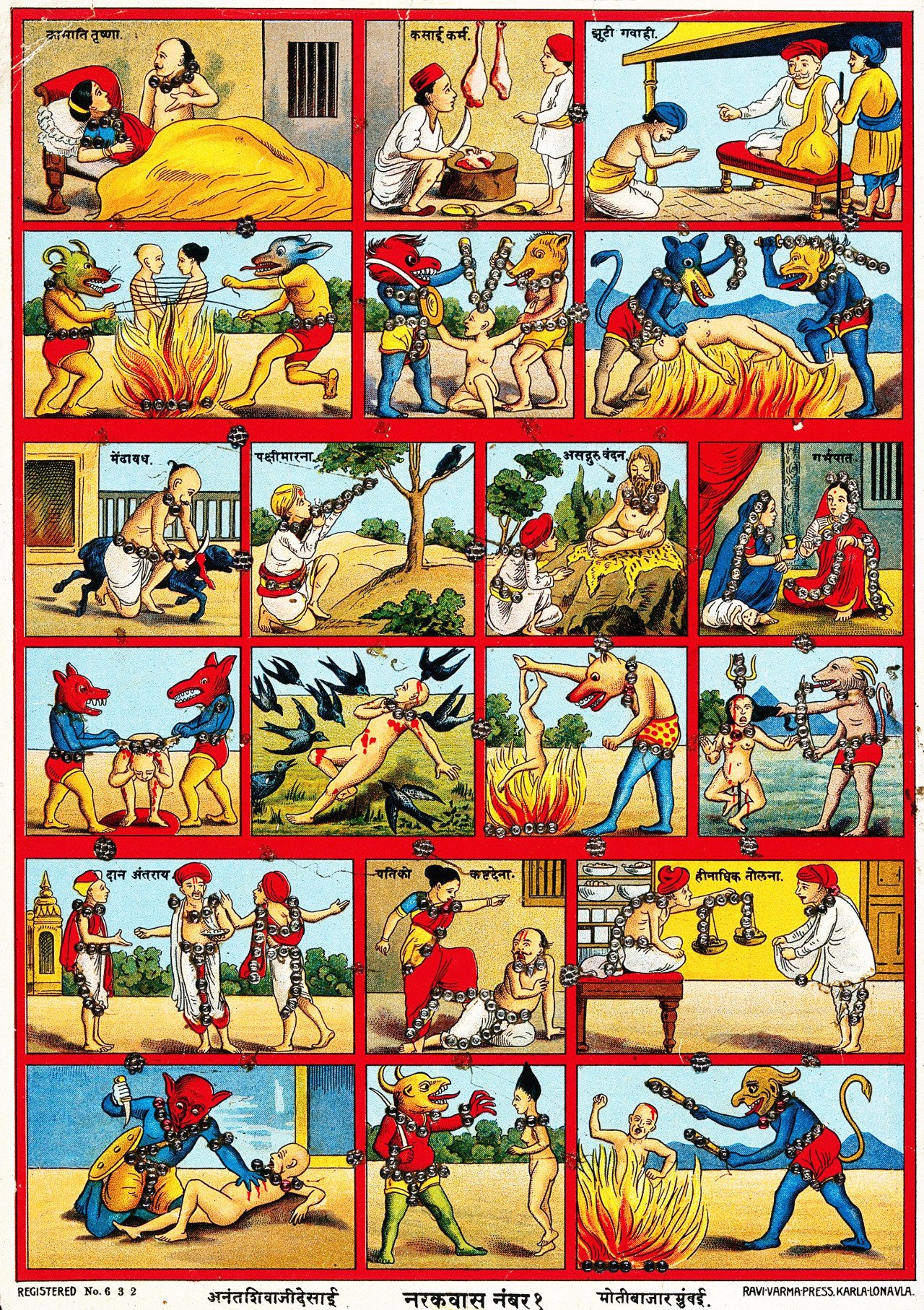


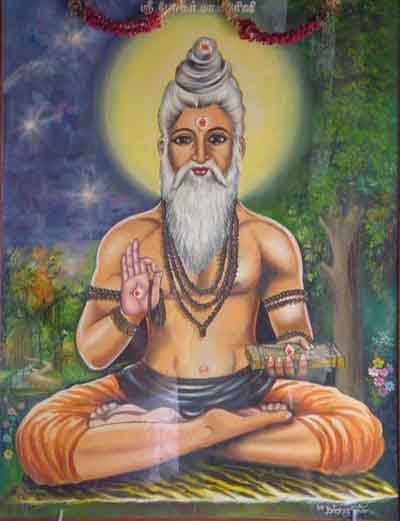
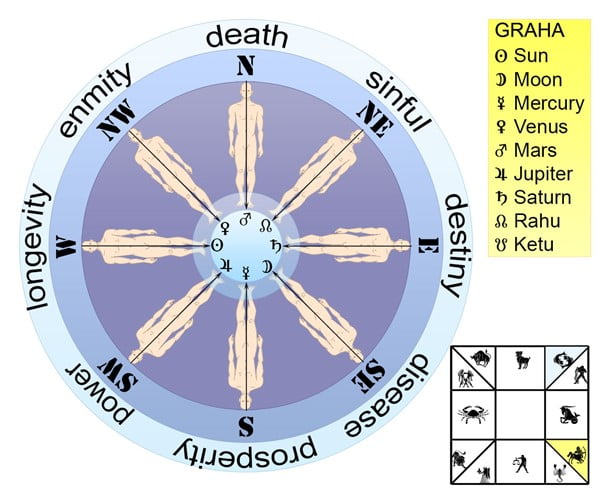
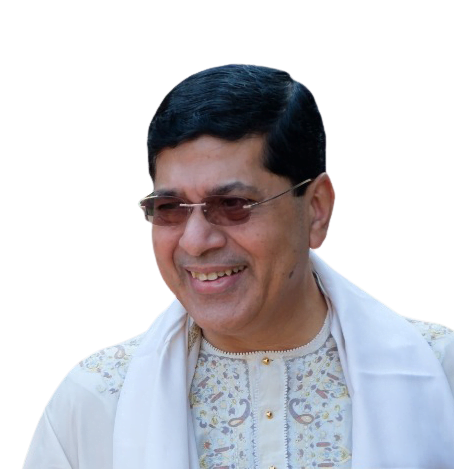
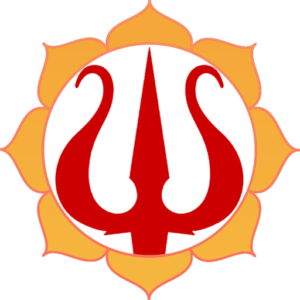
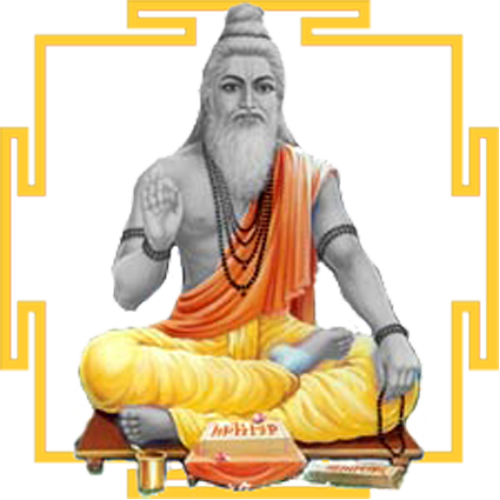 DBC offers online courses in jyotish (Vedic Astrology) taught directly by Sanjay Rath as per the tradition, through narrated power points and other audio tools. The courses are at different levels, from the beginners through the intermediate to the advanced and are known as SoHamsa | DBC courses, with individual classrooms and assistant teachers
DBC offers online courses in jyotish (Vedic Astrology) taught directly by Sanjay Rath as per the tradition, through narrated power points and other audio tools. The courses are at different levels, from the beginners through the intermediate to the advanced and are known as SoHamsa | DBC courses, with individual classrooms and assistant teachers
 Sagittarius Publications is the publisher and distributor the popular quaterly magazine the Jyotish Digest, as well as many thorough books on the subject of Vedic Astrology or Jyotish.
Sagittarius Publications is the publisher and distributor the popular quaterly magazine the Jyotish Digest, as well as many thorough books on the subject of Vedic Astrology or Jyotish.